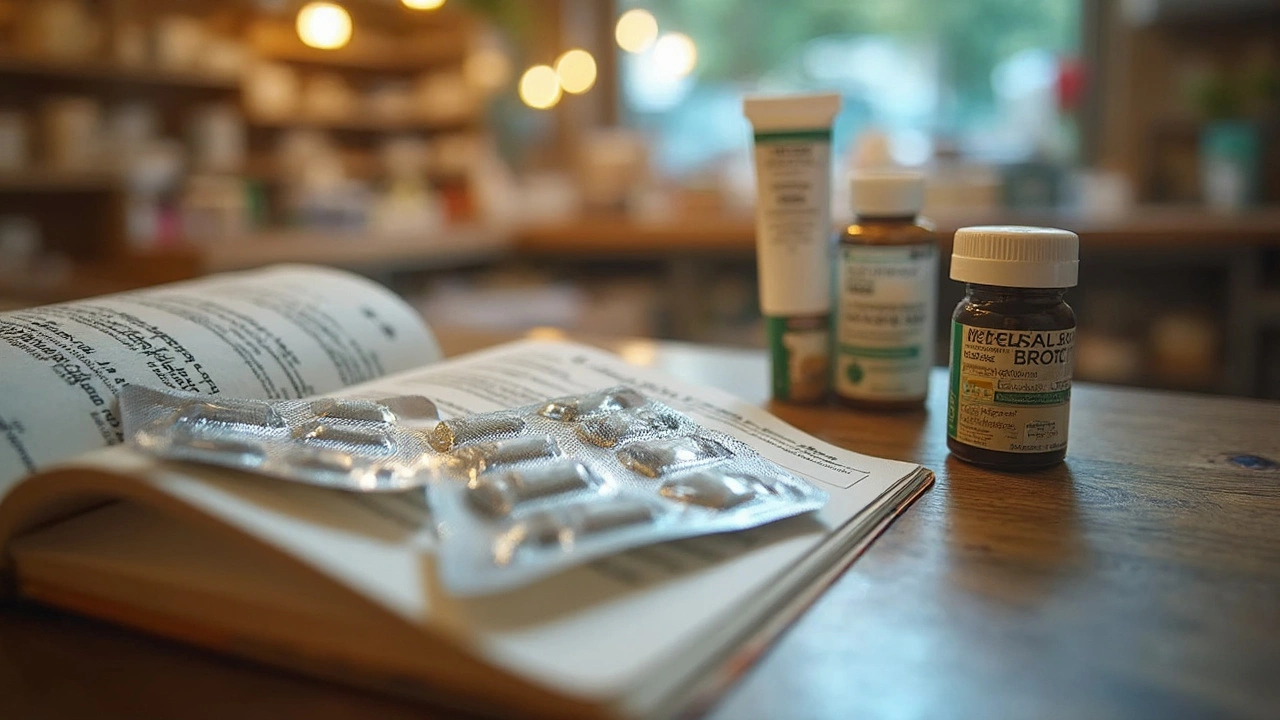Yeast Infection Treatment: What Works and What to Do Now
If you have itching, burning, and a thick white discharge, you’re likely dealing with a yeast infection. The fastest useful step is simple: stop using scented soaps or douches, wear breathable cotton underwear, and avoid sex until symptoms clear. Next, pick a reliable treatment based on how bad it is and whether you’ve had this before.
Over-the-Counter Options
Short, clear choices: miconazole and clotrimazole come as creams or suppositories sold without a prescription. They’re available in 1-day, 3-day, and 7-day formulas. For most uncomplicated cases, a 1- or 3-day treatment works well. Follow package directions—apply cream to the vulva (outer area) and use suppositories as instructed.
If you prefer pills, fluconazole is a single 150 mg oral tablet often given by a doctor. It usually works within 48–72 hours. Don’t take fluconazole if you’re pregnant, breastfeeding without checking with your provider, or have serious liver disease. If you have diabetes, set expectations: higher blood sugar can make infections more likely and slower to clear.
Men can get yeast infections on the penis (balanitis). Topical antifungal creams used twice daily for 1–2 weeks usually clear it. Clean and dry the area; avoid tight underwear while healing.
When to See a Doctor
See a clinician if it’s your first episode, if symptoms are severe (fever, open sores, intense pain), or if OTC treatment fails after 3 days. Also seek help if infections come back often—four or more times a year. Your doctor may take a swab to confirm Candida vs. another infection, offer a prescription antifungal, or check for underlying causes like diabetes or immune problems.
For pregnant women, don’t self-treat with oral fluconazole. Most doctors recommend short-course topical azole creams instead. For infants with diaper rash that looks like yeast, get pediatric advice before using antifungals long-term.
Quick prevention tips: keep the genital area dry, change out of sweaty clothes fast, avoid tight synthetic fabrics, skip scented washes, and manage blood sugar if you’re diabetic. Some people try probiotics or plain yogurt; evidence is mixed but mild probiotic use is usually safe alongside standard treatment.
If infections return despite these steps, ask your doctor about testing for resistant Candida, reviewing antibiotics or steroid use, and looking for other health issues. With the right treatment and simple lifestyle fixes, most yeast infections clear quickly and don’t come back.
